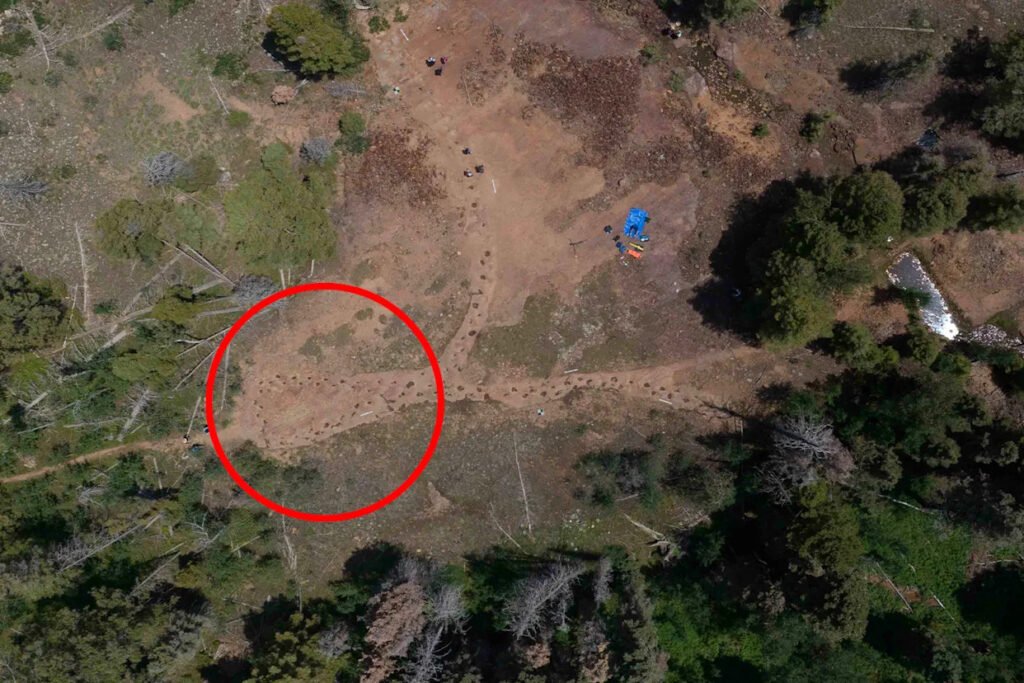
URGENT UPDATE: Australian scientists have made a groundbreaking discovery, linking ancient dinosaur footprints to potential ritualized fighting among sauropods. Utilizing high-resolution drone images, researchers have analyzed a 95-meter-long trail of footprints at the West Gold Hill Dinosaur Tracksite in Colorado, USA, revealing that these dinosaurs may have engaged in conflicts long ago.
Palaeontologist Dr. Anthony Romilio from the University of Queensland examined 130 footprints from the site, dating back 150 million years. His analysis indicates a significant difference in the dinosaur’s left and right steps, suggesting it may have had a limp. “It was around 10 centimeters persistent across the entire trackway, so it was fairly decent,” Dr. Romilio stated in an interview.
The cause of the sauropod’s unusual gait remains unclear, as no fossilized remains have yet been discovered. The unique looping pattern of the footprints raises questions about the dinosaur’s behavior. Each footprint measures approximately 30 cm, leading researchers to estimate the animal’s leg length at 120 cm. Dr. Romilio speculated, “The world is a nasty place, and if you’re a little tacker, you might have bigger individuals that don’t like the look of you.”
Analysis indicates that if the creature was injured, the wound likely healed but continued to affect its walking ability. The research hints at a dramatic possibility: that the dinosaur may have faced threats from fellow sauropods rather than predators. “This relates across all species. As individuals, we’re after resources, and the only things that want exactly the same resources are other members of your own kind,” Dr. Romilio explained.
During the late Jurassic period, when these footprints were created, sauropods had various tactics for resolving conflicts. Dr. Romilio noted that species like Diplodicus possessed whip-like tails, which they could use to defend themselves. Additionally, the spiked thumb-claws on their front legs suggest a form of ritualized fighting, much like roosters sparring.
The study, published in the journal Geomatics, was supported by the US Forest Service and co-authored by Dr. Paul Murphey from the San Diego Natural History Museum. This significant research opens new avenues for understanding the social behaviors of dinosaurs and their interactions in ancient ecosystems.
Stay tuned for more updates on this fascinating discovery, as scientists continue to unravel the mysteries of the past and what they mean for our understanding of dinosaur behavior.






